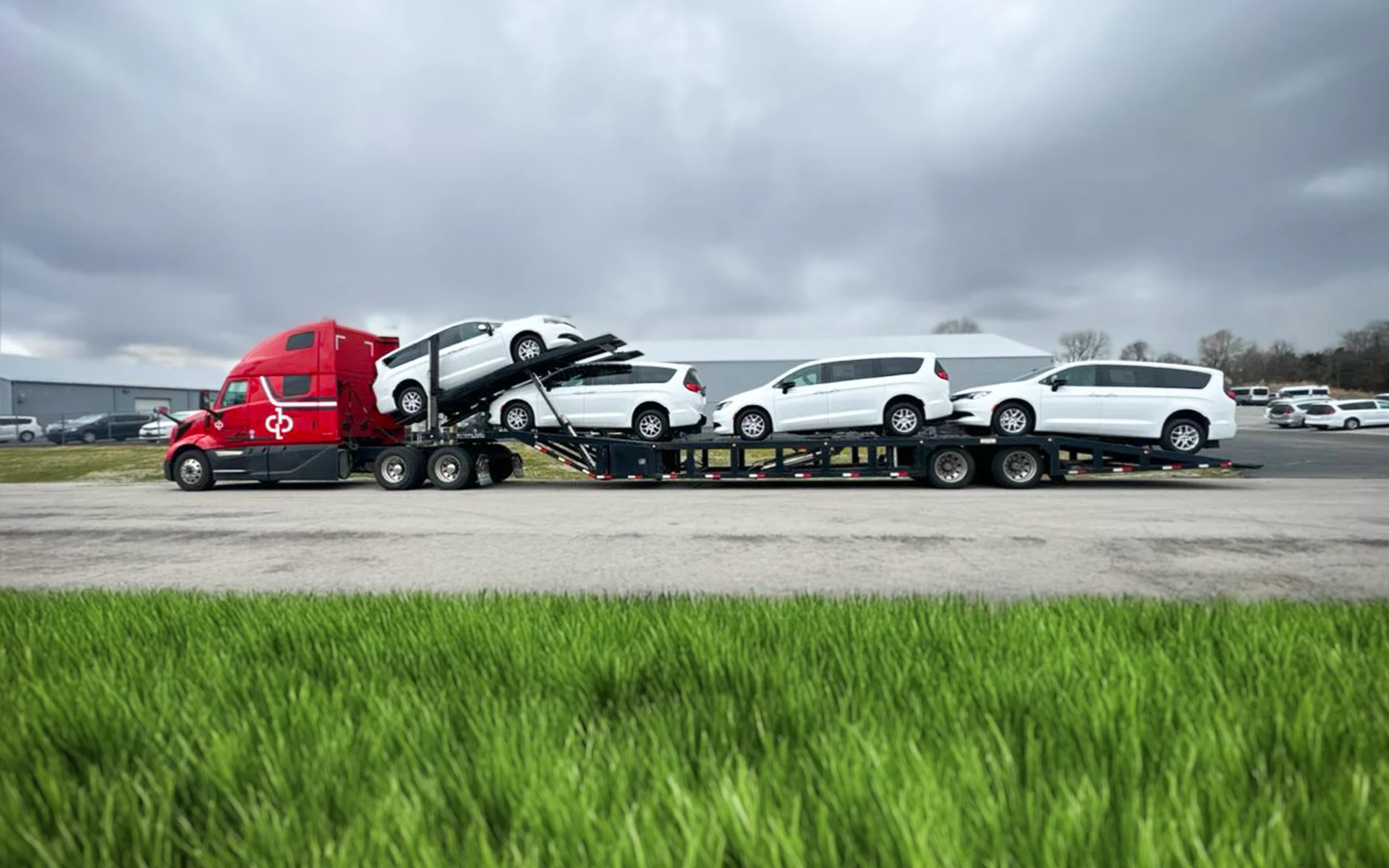Book with Confidence and Get the Best Car Transportation for Car Rental by Asking the Right Questions First


Rental locations shift inventory for many reasons—balancing store demand, opening new branches, clearing auction purchases, or repositioning after events. When timelines are tight, the best results come from a simple pattern: verify safety and coverage, lock the scope, match the mode to your goal, and keep visibility high from pickup to delivery. We follow that same pattern internally because it prevents surprises.
Start with the basics. Ask for the carrier’s USDOT and MC numbers and check their FMCSA standing. Confirm cargo and liability coverage and whether limits apply per load—that one detail determines how risk is shared when you’re moving multiple units. Then write down the scope in plain language: unit count, exact addresses and gate codes, store hours, service type (open, enclosed, dedicated, consolidated, expedited, or driveaway), and the delivery window you can live with. A Bill of Lading (BoL) with photo-rich inspections at pickup and delivery gives everyone the same record; it’s the fastest way to resolve questions later. We’re in very good standing with FMCSA, issue COIs with per-load terms, and complete inspections in an app so photos and notes attach to the BoL automatically.
Quick Questions To Ask (And Capture In Writing):
Both models have a place. Brokers coordinate across many carriers and can help on odd lanes. Asset-based carriers own their trucks and employ drivers, which reduces handoffs and gives more control over schedules and quality. That control tends to keep ETAs stable and escalations short. We’re asset-based and lean on that control to stage equipment when timing is tight, while still partnering when it benefits cost or coverage.
At-A-Glance: Which Model Fits Your Situation?
Most rental-fleet moves ride on open carriers (7–10 car)—they’re efficient and protect budgets for 5–20 units. Enclosed transport adds protection for showroom-ready or high-sensitivity units. Dedicated service prioritizes speed and load control; consolidated improves cost per unit with wider windows. Expedited helps when dates can’t slip. Driveaway is useful on short-to-mid distances when speed outranks added mileage.
Match Mode To Your Goal:
Good communication removes the need for constant calls. Live GPS or a status portal lets managers check progress when it suits them. Automated milestones—dispatched, pickup complete, in transit, near delivery, delivered—mark the moments that matter. A named coordinator closes the last gap when weather, yard hours, or access change. Our customer portal shows live location and sends those milestones by default, and a coordinator is assigned for quick decisions.
What “Good Visibility” Looks Like:
Comparisons only work when you’re comparing the same thing. Put each quote in the same frame: service mode, lead time, service level (standard vs. expedited), what’s included, and how insurance applies. Be careful with unusually low numbers paired with vague scopes; the trade-off is usually timing, coverage, or both. Our approach is simple: the written scope is the price. If the scope changes, we document it and confirm before moving forward.
Apples-To-Apples Columns For Your Quote Sheet:
Coverage across the lower 48 is common, but pickup windows vary by lane and season. Summer travel, major events, auctions, and storms pull capacity in predictable ways. Booking ahead protects both transit and cost, especially on 5+ unit moves. Asset control helps on short notice, but early notice always creates more options. We don’t run fixed routes; we go where your fleet needs to go and plan around known peaks when you flag them early.
Seasonality Tips:
Small details prevent big delays: keys, gate codes, yard hours, fuel levels, and contact names. Capturing them in the scope keeps the day-of smooth. Photo-based inspections at pickup and delivery, tied to the BoL, keep records clear. For multi-unit moves, staging and sequencing prevent backlogs at either end. We standardize these steps so managers don’t have to.
Day-Of Checklist (Reuse This):
Most claims become simple when photos and timestamps exist on both ends. Request the COI and understand reporting windows before the move; keep inspection photos with the BoL for quick resolution if needed. Our recent internal snapshot—99% on-time and 0% claim rate over the last three months—reflects how that discipline plays out in practice (results vary by lane and season).
Next Steps For Your Move
Getting cars where they need to be—on time, in the right condition, and at a fair cost—comes down to a few disciplined steps: verify safety and insurance, lock a clear scope, choose the right service mode, and maintain visibility from dispatch to delivery. When those pieces are in place, multi-unit transfers feel routine instead of risky.
Our team follows the same pattern internally: asset-based control for scheduling, photo-rich BoLs for clean records, and a GPS portal with milestone updates so you don’t have to chase status. Whether you need open, enclosed, dedicated, consolidated, expedited, or driveaway, the goal is the same—make each move predictable and uneventful, so your locations stay ready for customers.
Stay informed on the latest news and insights from GB Cargo.